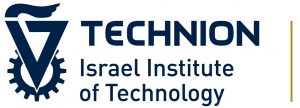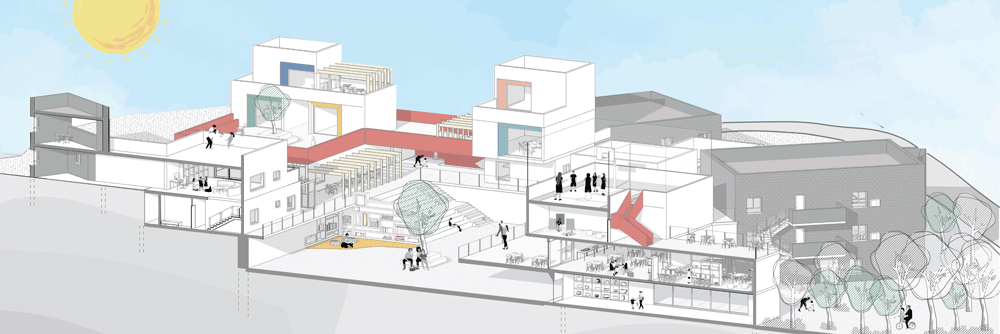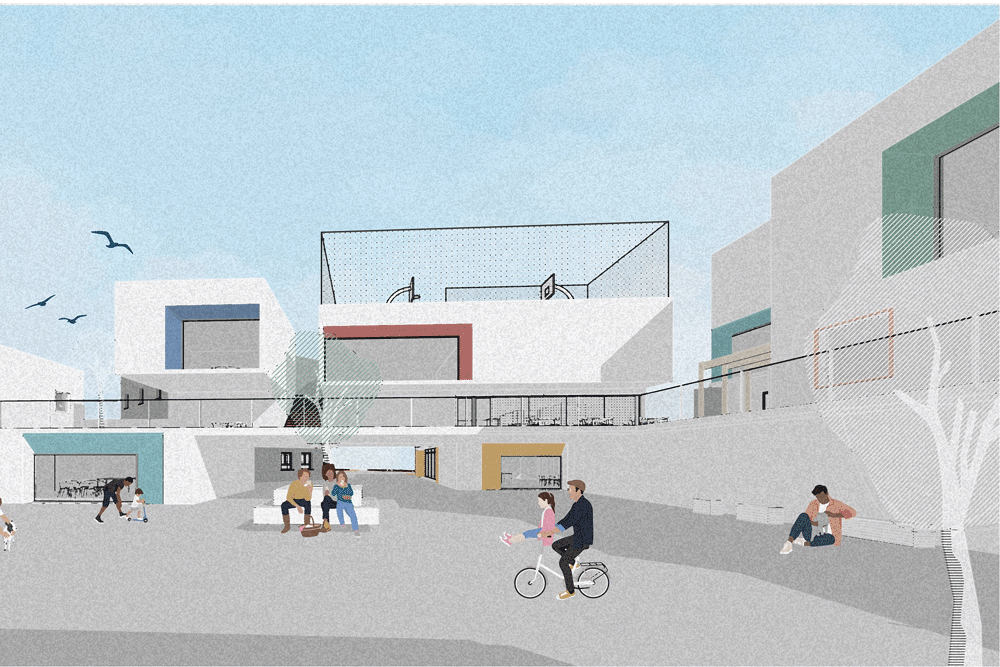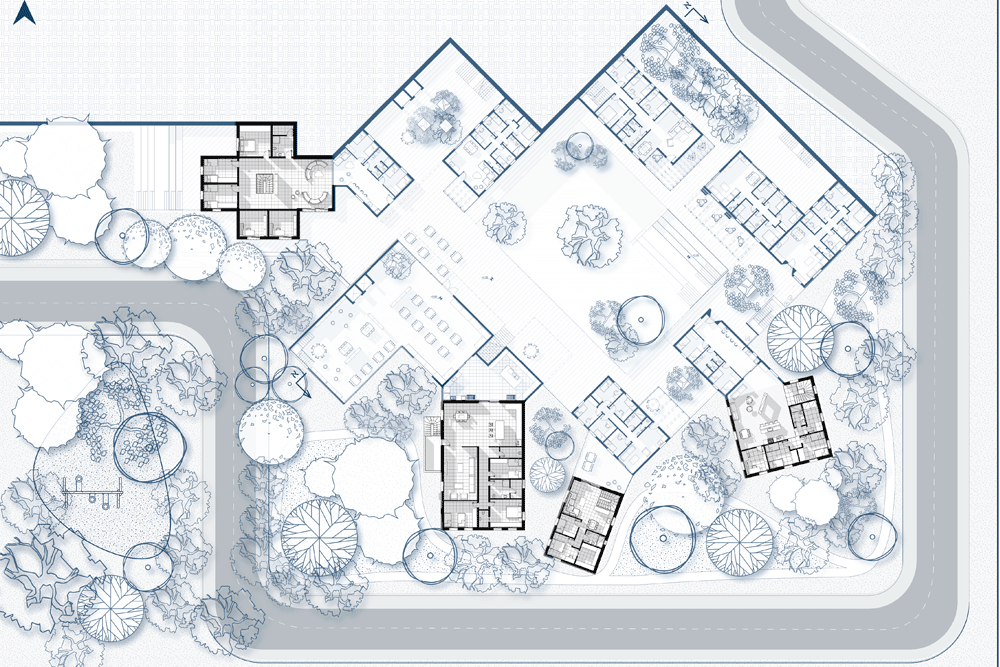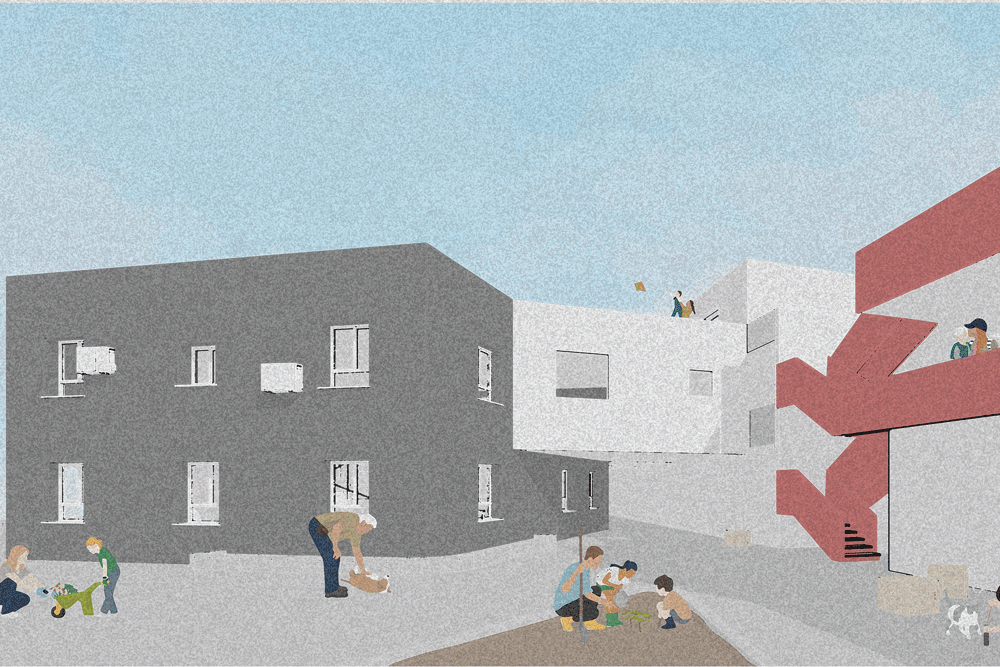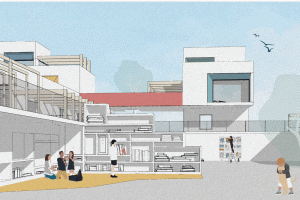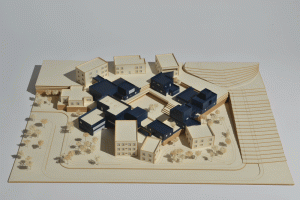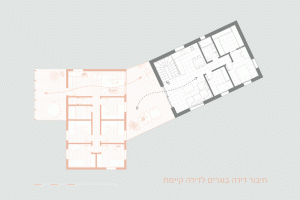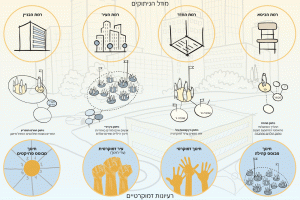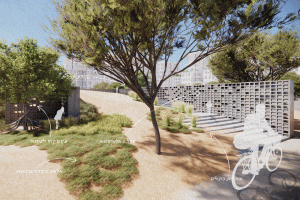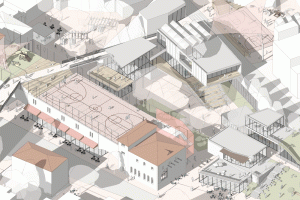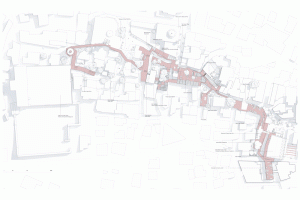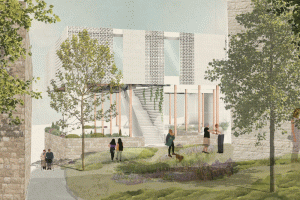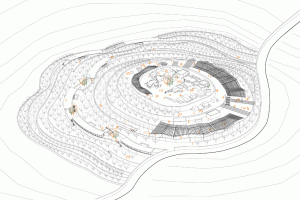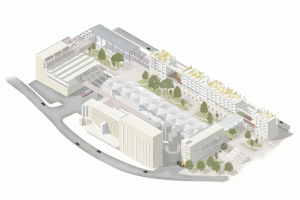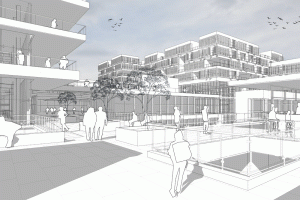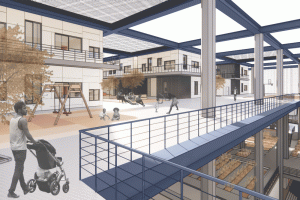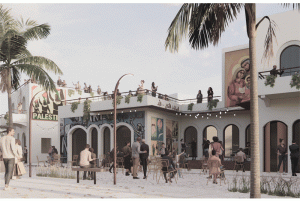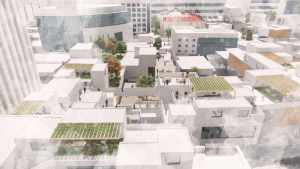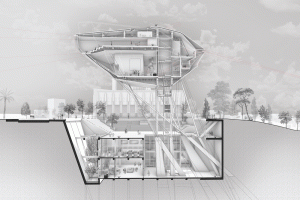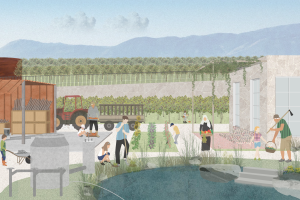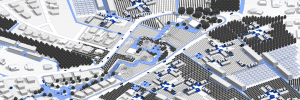Empowerment
This architectural project aims to enhance the conditions and quality of life for at-risk youth, empowering their abilities and facilitating their integration into society.
The project critiques current rehabilitation institutions for at-risk youth, identifying two primary issues. First, these institutions are often perceived as non-continuous systems—temporary phases that abruptly end at adolescence, leaving young individuals to re-enter society without familial support or assistance. Second, the physical design of these institutions is insular and isolated. Youth typically reside in group settings within replicated apartments that lack personal space, and they receive treatment in enclosed, often detached rooms.
While psychological therapy and rehabilitation are crucial for positive change, they are not sufficient without a supportive environment. The integration of therapy with a nurturing environment is essential for a gradual transition through the various stages of at-risk youth development. This raises an important question: how can urban and architectural planning create a support network for at-risk youth, both during their time in rehabilitation institutions and after?
Situated in the village of Bi’na, this project proposes designs for spaces that address the specific needs of at-risk youth. By connecting project spaces to the surrounding environment, it emphasizes empowerment, social integration, and a sense of belonging.
In conclusion, the “Empowerment” Project represents a modern fusion of architectural design and social principles, utilizing the village’s potential to create high-quality support spaces for youth in distress. Through collaboration, the project offers solutions that not only improve the lives of at-risk youth but also benefit the broader community.
